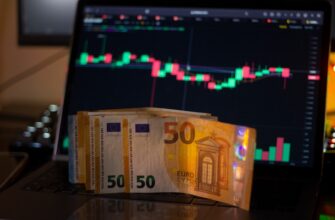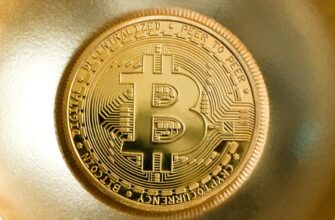Understanding the IDR to USD Exchange Rate
The Indonesian Rupiah (IDR) to US Dollar (USD) exchange rate represents how many rupiah are needed to purchase one US dollar. As Indonesia’s economy interacts with global markets, this rate fluctuates daily due to supply, demand, and macroeconomic forces. For travelers, investors, or businesses, understanding this conversion is crucial for budgeting, international transactions, and financial planning. The IDR is among Asia’s most traded emerging market currencies, with its value against the USD serving as a key indicator of Indonesia’s economic health.
Key Factors Influencing IDR/USD Conversion Rates
Multiple elements drive changes in the rupiah-dollar exchange rate:
- Economic Indicators: Indonesia’s GDP growth, inflation rates, and trade balance directly impact IDR strength.
- Interest Rates: Higher Bank Indonesia rates often strengthen the rupiah by attracting foreign capital.
- Commodity Prices: As a major exporter of coal, palm oil, and nickel, IDR rises when commodity prices increase.
- Political Stability: Elections or policy shifts can cause volatility.
- Global USD Demand: The dollar’s status as a reserve currency means Federal Reserve policies affect IDR/USD rates worldwide.
- Market Sentiment: Risk appetite in emerging markets influences investor flows into Indonesian assets.
How to Convert Indonesian Rupiah to US Dollars
Follow these methods for efficient conversion:
- Banks: Major banks like BCA or Mandiri offer competitive rates for account holders. Requires ID proof and may involve transfer fees.
- Currency Exchange Offices: Licensed money changers in tourist areas (e.g., Bali, Jakarta) provide instant cash exchange—compare rates beforehand.
- Online Platforms: Services like Wise or Revolut allow digital conversions with mid-market rates, ideal for larger transfers.
- ATMs: Withdraw USD directly using Indonesian debit cards abroad (check international withdrawal fees).
- Airport Kiosks: Convenient but typically offer the worst rates—use only for emergency cash.
Maximizing Value: Best Practices for IDR to USD Exchange
Optimize your conversion with these strategies:
- Monitor Live Rates: Track fluctuations via financial sites like XE.com or Bloomberg before exchanging.
- Avoid Dynamic Currency Conversion: When paying abroad, always choose billing in IDR to dodge poor merchant rates.
- Negotiate at Exchange Bureaus: Larger transactions (over $500) often qualify for better rates—ask!
- Use Limit Orders: On forex platforms, set target rates to automatically convert when favorable.
- Bundle Transactions: Combine multiple small exchanges to minimize fixed fees.
Historical Trends in IDR/USD Exchange Rates
The rupiah has experienced significant shifts against the dollar. During the 1997 Asian Financial Crisis, IDR plummeted from 2,400 to 16,800 per USD. Post-recovery, it stabilized between 8,000–14,000 IDR/USD in the 2000s. Recent years saw volatility due to COVID-19 and commodity price swings, with rates hovering around 15,000–16,000 IDR per USD. Long-term depreciation reflects Indonesia’s higher inflation compared to the US, though resource exports provide periodic support.
IDR to USD FAQ Section
Q: What is the current IDR to USD exchange rate?
A: As of late 2023, 1 USD ≈ 15,600 IDR. Rates change minute-to-minute—verify via financial news or apps before transacting.
Q: Where can I get the best IDR to USD rate?
A: Online platforms typically offer rates closest to the interbank average. For cash, compare licensed exchange bureaus in major cities rather than airports.
Q: Are there limits on converting IDR to USD?
A> Indonesia restricts cash USD purchases above $25,000 equivalent without documentation. Bank transfers have higher limits but require purpose verification.
Q: How do fees impact my final USD amount?
A> Banks charge 1–3% in commissions, while exchange bureaus build fees into rates. Always ask for the “net rate” after all charges.
Q: Should I convert IDR to USD now or wait?
A> Timing depends on market conditions. If the US Federal Reserve raises interest rates or Indonesian exports weaken, converting sooner may be advantageous. Track economic news for cues.








